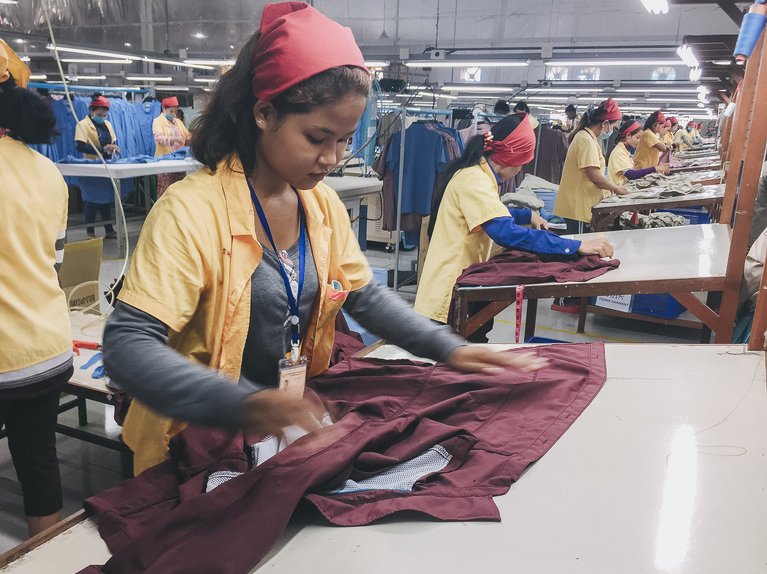Purpose Update: Burton's Fair Compensation Goals & Benchmarks 2024
As a purpose driven brand and a certified B Corporation, we believe that every worker has the right to a living wage. The International Labor Organization has declared living wages a fundamental right, but we recognize that insufficient pay is still one of the most significant issues workers in the garment industry face. This is why we are committed to reaching 100% fair and equitable pay for all Burton employees, contractors, AND workers at our major supplier factories.
This year we wanted to understand the progress on our goal, and where we still have work to do, specifically for workers across our supply chain. We gathered average compensation data for workers at our strategic supplier factories and benchmarked against local living wage amounts. We used this analysis to identify how many supply chain workers currently earn at or above a living wage. This analysis and our findings are essential as we create a strategy to close wage gaps and hold ourselves accountable to our fair compensation commitment.


What is a Livable Wage?
As a member of the Fair Labor Association (FLA) and a B Corp, we align with the Global Living Wage Coalition’s (GLWC) definition of a family-level living wage which states that workers should earn an amount sufficient to afford a decent standard of living for themselves and their family within a standard workweek. What is considered a living wage differs by country, region and even city due to differences in the cost of living.
It is important to note that living wage is not the same as minimum wage, and in many regions the difference is significant. A minimum wage is the minimum amount that an employer is legally required to pay. In many countries the minimum wage is not increased consistent with the cost of living, making it difficult for workers to meet their basic needs. Living wages, which allow a worker to live a dignified life, are often much higher.
How We Measure Compensation Across Our Supply Chain?
We used the GLWC’s living wage benchmarks to identify the local family-level living wage amount for every region where a Burton strategic supplier is located. The GLWC uses the globally recognized and respected Anker Methodology to determine living wage amounts at a local level. The Anker Methodology considers other contributions beyond base wage, including benefits such as in-kind contributions and bonuses. This is what is defined as “prevailing wage.”
Knowing that a factory worker is often financially responsible for more than one person in their household, we benchmark against a family-level living wage rather than an individual-level living wage. The Anker methodology calculates a family-level living wage using location-specific average family size and number of workers per family estimates based on secondary data for the location.


The Results Are In: Our Benchmark Study & Improvement Plan
We found that 41% of employees at our strategic supplier facilities are currently earning at or above the local family-level living wage. Across our strategic supplier base, there was a -4% gap between average salary and the living wage.
Commitment to a higher standard of living for our workers also means that we take protection and support of worker wages within our supply chain seriously. Using the findings from the supply chain analysis, we will work with our strategic suppliers and local civil society organizations to conduct deeper wage assessments to identify the obstacles to preventing increases in factory worker wages.
We will also use this data in collaboration with our annual Responsible Purchasing Practices Supplier Survey to identify how adjusting our sourcing practices can support living wages within our supply chain. These learnings, combined with best practices and scalable tools developed by the FLA, will allow us to develop and implement fair compensation strategies.


The Road Ahead
We are proud of the work we have done to promote fair compensation, though we recognize there is still progress to be made within our own supply chain and across the industry. Over the next two years, we will work with the Fair Labor Association and our strategic suppliers to create, implement, and refine strategies to close the wage gaps we have identified.